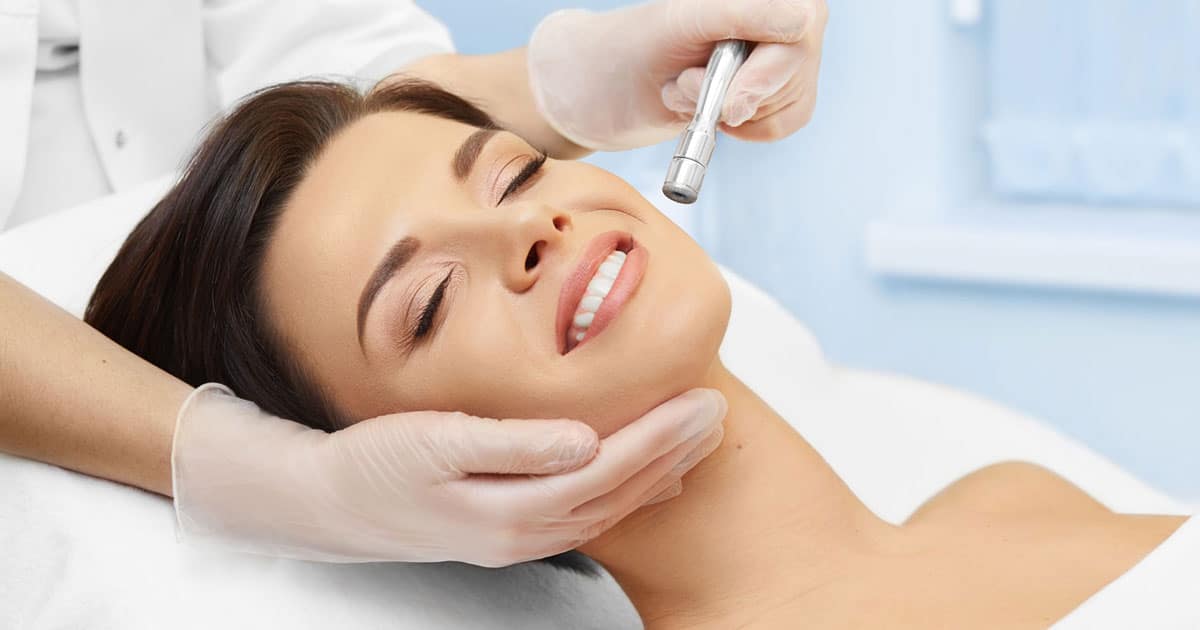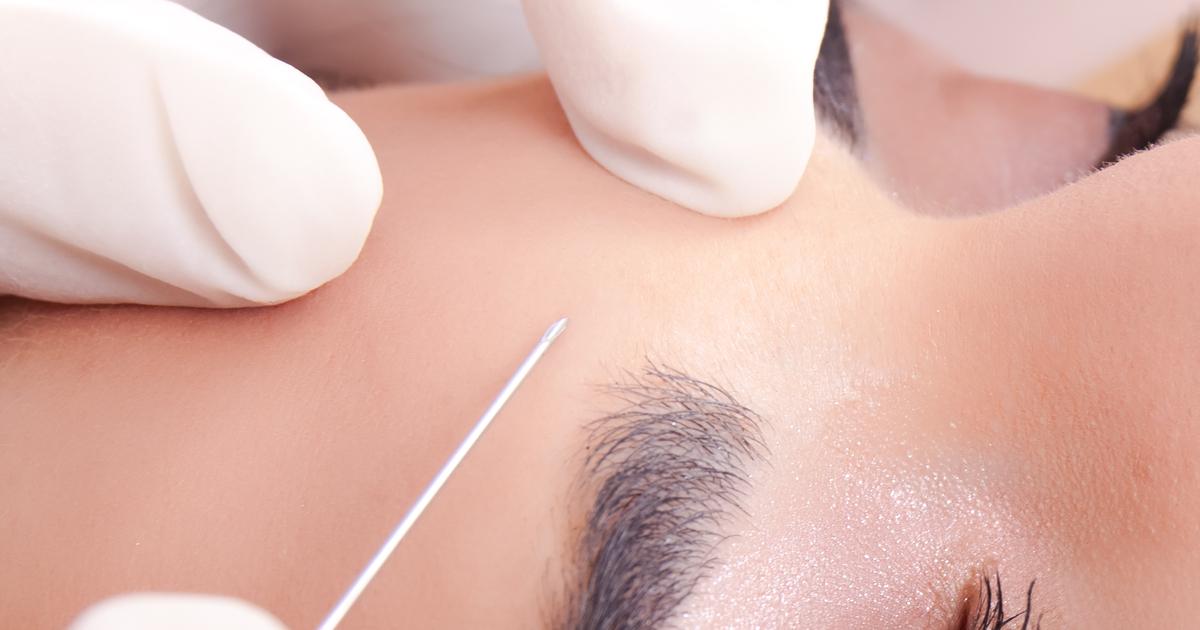How To Effectively Treat Wrinkles
Microdermabrasion

Microdermabrasion is a medical procedure used to help improve the texture and tone of the skin. It can help treat wrinkles and fine lines, and it's minimally invasive and doesn't tend to be painful. In addition to improving wrinkles, the treatment can also improve sun damage, acne scarring, and age spots. During a microdermabrasion procedure, an applicator with a thin abrasive surface is used to sand away the very top layer of the skin. Unlike dermabrasion procedures, microdermabrasion specifically targets just the top layer of skin, which helps reduce the potential for irritation and skin damage. The procedure has been deemed safe for the majority of skin colors and types. It is considered a cosmetic procedure, so most medical insurance companies won't cover it. Since the procedure isn't invasive, patients don't need to do much to prepare for it. Their doctor may ask them to avoid waxing, using tanning creams, or being exposed to the sun for the week before their treatment.
Keep reading to learn more about how to effectively treat wrinkles now.
Botox Injections

Botox injections may be used to help treat forehead wrinkles. These injections have been approved for use in individuals who are sixty-five years old or younger. They don't tend to have the same level of efficacy for older individuals. It's safe to use Botox treatments long-term, and stopping use will not cause skin to look worse than before the treatment began. When Botox is injected into the skin, botulinum toxin causes a temporary paralysis in muscle activity. Because the paralysis is temporary, patients will need repeated injections if they want their skin's appearance to continue being less wrinkled. The toxin blocks the signals nerves send to tell muscles to contract, which leads to a temporary relaxing of the facial muscles responsible for causing wrinkles. The number of injections necessary will vary from person to person. If treating a large area, patients will typically need more injections. Individuals tend to begin seeing results within a few days following the treatment. The effect typically lasts at least three months, though it can sometimes last longer.
